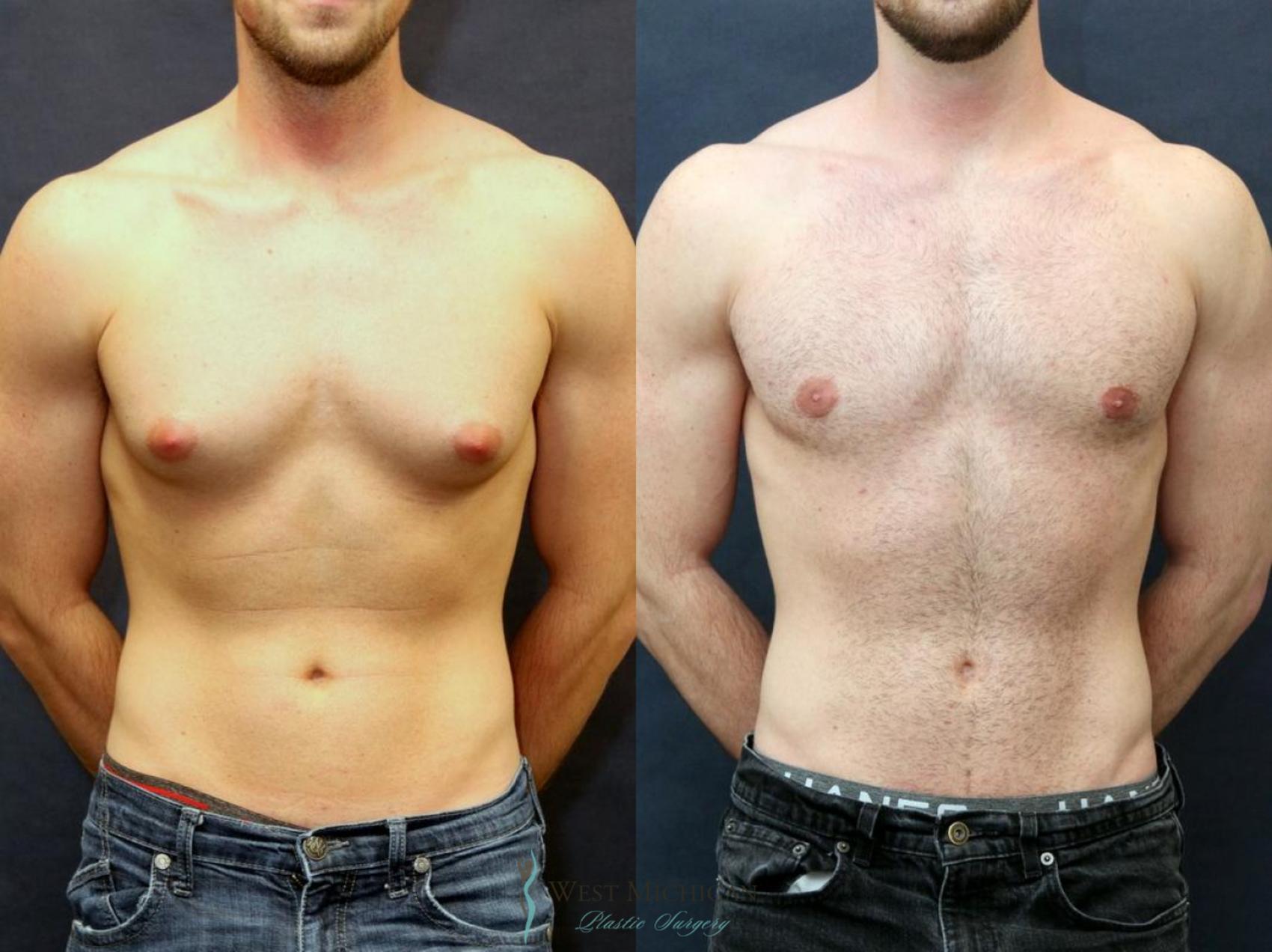Your Male Breast Reduction Consultation
During your consultation, Dr. Holley will discuss the different male breast reduction techniques, and answer any questions or concerns you have. He will also discuss the possible risks and complications of surgery. Dr. Holley will also perform a physical examination of your breasts to assess the current shape, size, and position of the nipples. The examination will help determine the most suitable technique for surgery.
How Does It Work?
The surgical technique used to perform male breast reduction will depend on the extent of the patient’s gynecomastia. The procedure can be performed using general anesthesia or intravenous sedation.
Excision techniques are used to correct gynecomastia caused by excess glandular tissue. The excision method is also recommended when the nipple has to be repositioned, or the size of the areola reduced to achieve more masculine chest contours.
Liposuction is usually recommended to sculpt and shape the breast when breast enlargement is due primarily to excess fatty tissue. A small incision is made around the breast through which a cannula (small, thin tube) is inserted. The cannula is moved back and forth to break up the fat cells which are then removed by suction.
A combined approach of subareolar tissue excision and liposuction is commonly needed to treat most cases of gynecomastia. Dr. Holley’s technique has proven to provide dramatic results with minimal visible scarring. Visit our gallery pages to find multiple example cases.
Results
You will notice a visible reduction in the size of your breasts immediately after gynecomastia surgery. However, final results won’t be seen until 3-4 months after surgery when the swelling and bruising subside. Male breast reduction surgery will leave the chest looking flatter, firmer, and more defined.
Recovery
After gynecomastia surgery, bandages and compression dressings are applied for 2-3 days. A support garment is worn to minimize swelling for 1 month. Patients can typically return to work about one week after surgery, but exercise and other strenuous activities should be avoided for 3-4 weeks.



